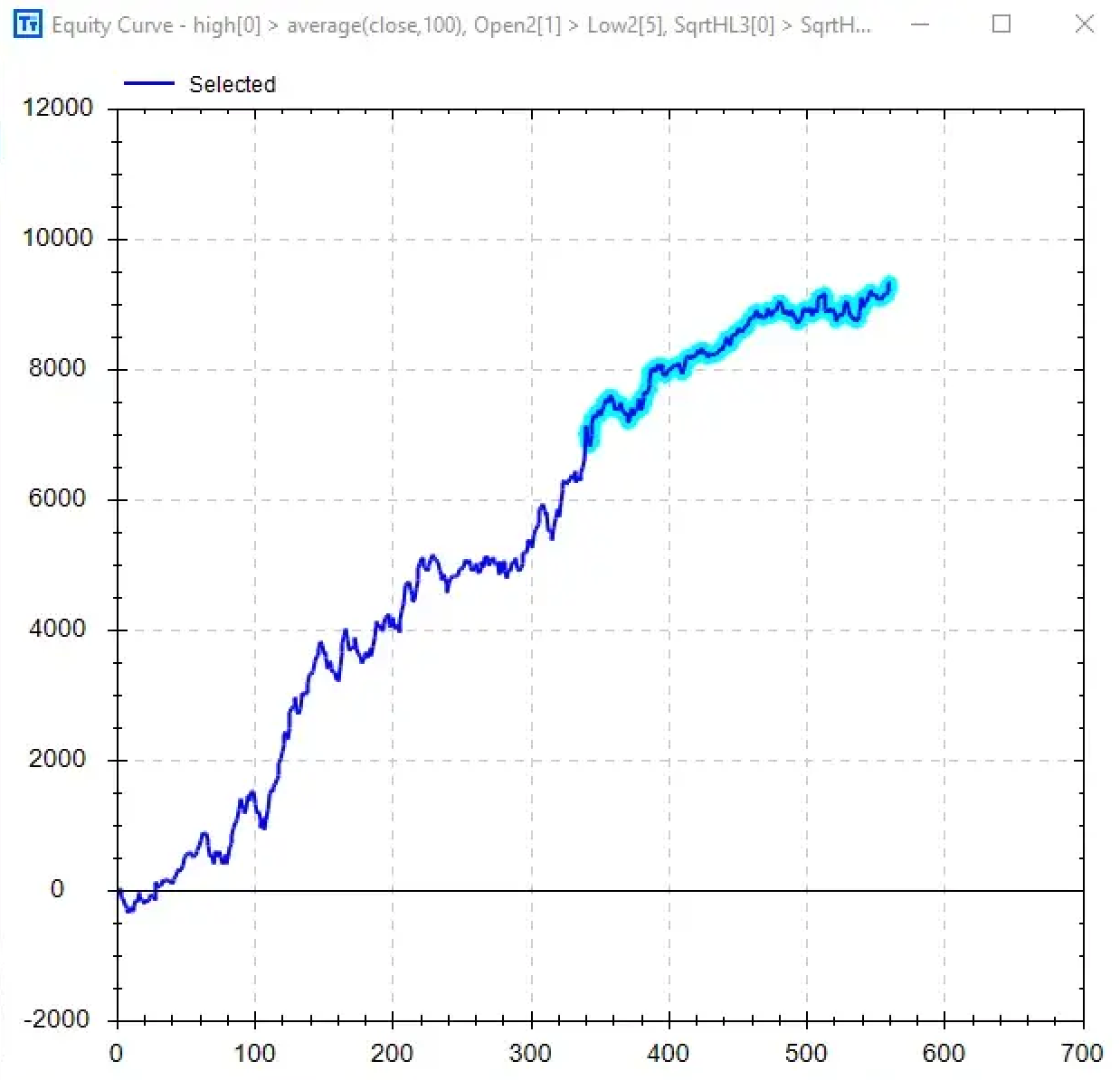Quant investing: What is forward testing?
Forward testing is a method of evaluating the performance of a trading strategy by applying it to real-time market data and observing how it performs in real-time, on data that the strategy has never seen before. This is in contrast to back testing, which involves applying a strategy to historical data and observing how it would have performed in the past.
The main purpose of forward testing is to determine the effectiveness and robustness of a trading strategy in real-world market conditions. It allows traders to assess the strategy's ability to adapt to changing market conditions, as well as its potential for profitability in the future. Forward testing is also useful for identifying potential flaws or weaknesses in a strategy that may not have been apparent during back testing.

How do you execute forward testing?
There are several ways to conduct forward testing, including:
Paper trading: This involves simulating trades using real-time market data, but without actually placing any trades. This allows traders to observe how their strategy would have performed in real-time market conditions without risking any capital.
Live trading: This involves actually placing trades in the market using the strategy being tested. This allows traders to observe how their strategy performs in real-time market conditions with real capital at risk.
It's important to note that forward testing can be affected by the survivorship bias, which means that the strategy performance may be affected by the fact that only the performing strategies are used to test.
In summary, Forward testing is a method of evaluating the performance of a trading strategy by applying it to real-time market data and observing how it would have performed if it had been used during the period of time that the data represents. It allows traders to assess the strategy's ability to adapt to changing market conditions, as well as its potential for profitability in the future.
5 topics

